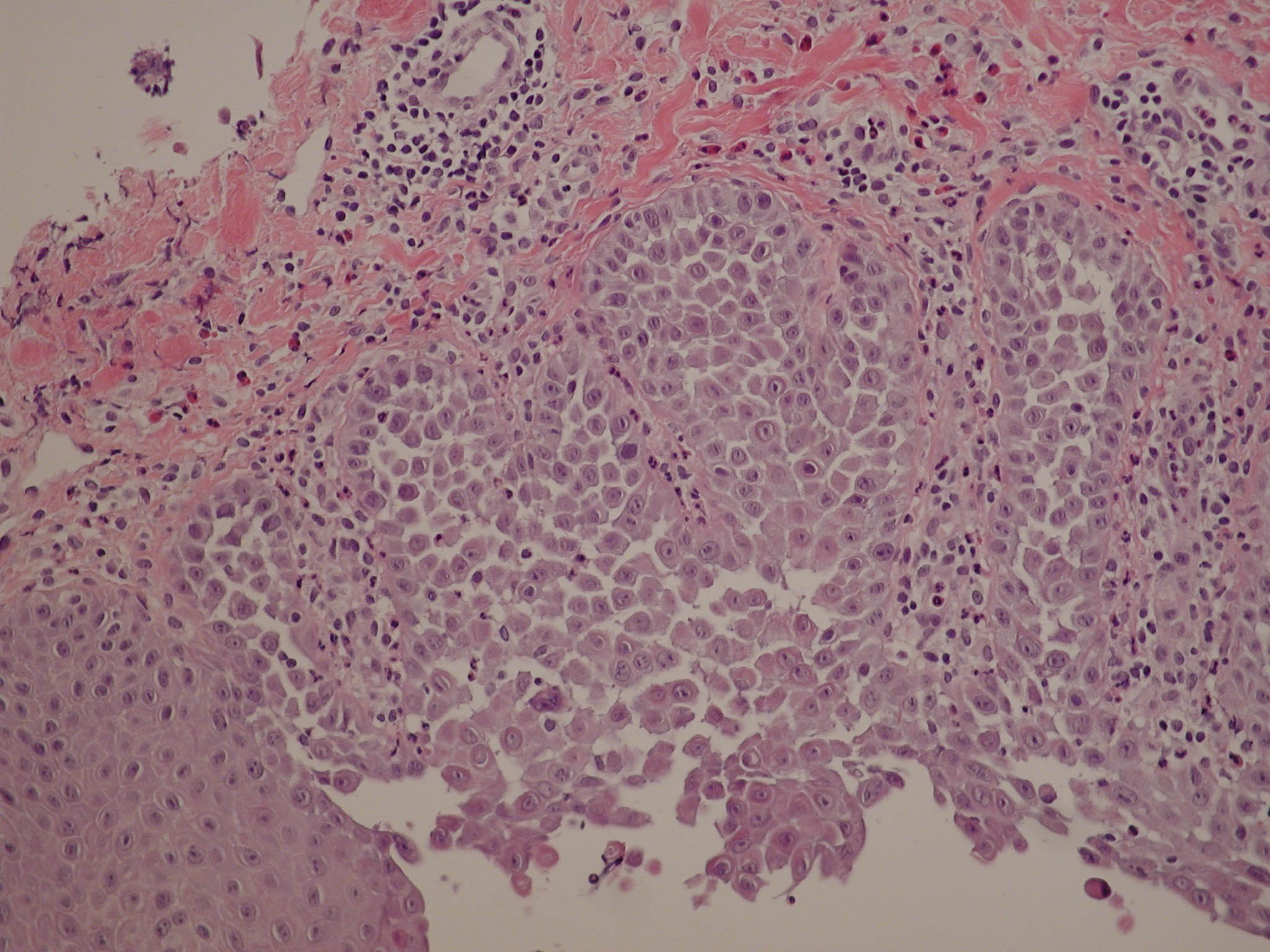Hailey-Hailey disease (HHD) is a rare autosomal dominant genodermatosis characterized by disturbed keratinocyte adhesion.
OK, in English, sufferers of HHD have a problem with ‘keratinocyte adhesion.’ Keratinocytes are the cells that make up the skin and in HHD patients one of the thousands of genes controlling this cell doesn’t work properly. The result is that the keratinocytes do not stick to each other as well as they should and the skin is therefore fragile.
‘A rare autosomal dominant‘ All this means is that the gene that causes HHD is on one of the 22 pairs of human chromosomes (called autosomes) that are not the sex (X and Y) chromosomes. Specifically, the defect is on chromosome 3q22.1. ‘Rare‘ refers to the frequency of an HHD gene defect in the human population – it is quite uncommon, perhaps 1 in 1,000,000.
‘Dominant’ is the way HHD is inherited. Each parent contributes one copy of each chromosome to their offspring. Since two good copies of the gene are necessary for proper skin function, having one incorrect copy inherited from one parent causes the disease. When a trait or disease can be caused by the gene inherited from only one parent, the inheritance is called ‘dominant’. The affected parent has one good and one defective gene, therefore the chance for each child to inherit the disorder is 1:2 (50%).
genodermatosis means ‘an inherited skin disease’
Translated:
Hailey-Hailey Disease is an infrequently encountered inherited skin disease. HHD is not sex-linked and the defective gene occurs on one of the chromosomes that are not X or Y. Children of parents where one parent has HHD have a 50% (1 in 2) chance of inheriting the disorder. For patients with the disease, the skin cells do not stick to each other properly and the skin is more fragile.
